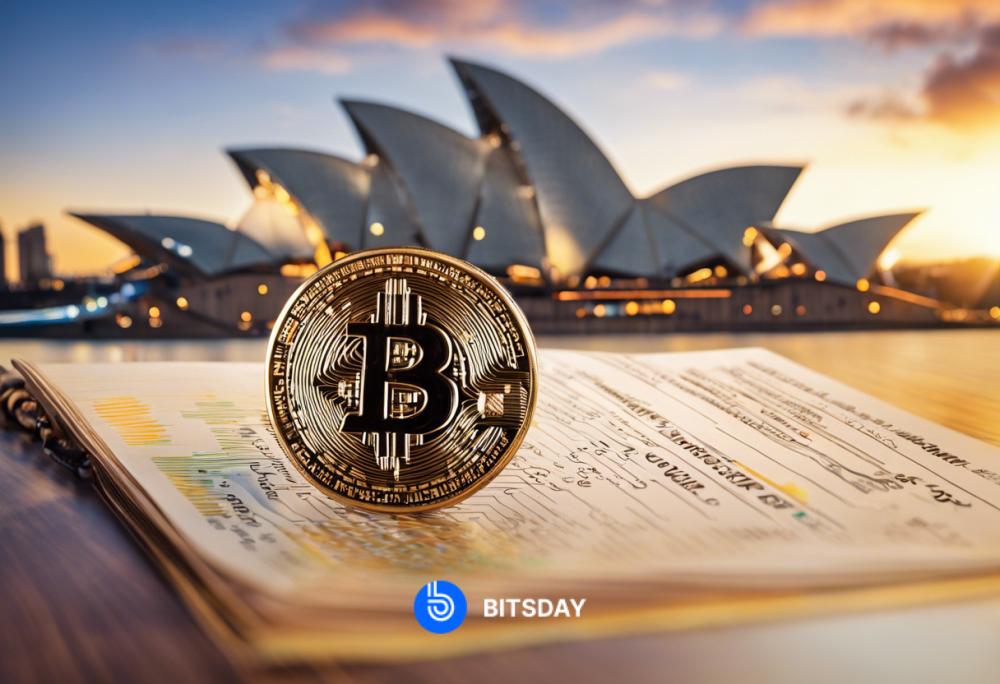Bitcoin Ordinals: Flexible Inscription Numbers

The creator and lead programmer of Bitcoin Ordinals, Casey Rodarmor, has recently suggested altering the numbering system within the protocol, aiming to streamline the project's underlying codebase.
From the inception of the Ordinals protocol, every nonfungible token (NFT) created using Ordinals received a unique identification number, akin to serial numbers. These numbers have played a crucial role in the digital art minted within the protocol.
I guess the cat is out of the bag! In short, I think that the effort to keep inscription numbers stable hasn't been worth it, and has led to ugly code and stalled development, since new changes need to be extremely and often awkardly careful not to change the numbers of old… https://t.co/SsEqjdtZFB
— Casey (@rodarmor) September 19, 2023
Nonetheless, Rodarmor argues that maintaining the stability of these identification numbers has resulted in what he deems as "inelegant code and halted progress." Thus, the lead programmer of the protocol proposed a shift towards "permanently variable" identification numbers. This implies a de-emphasis on the numbering system that uniquely designates inscriptions created in the Bitcoin network.
Rodarmor suggests that this change will streamline the codebase of the protocol and facilitate future modifications. He clarified that while inscription numbers will change, they will not be entirely discarded. Rodarmor emphasized that the new inscription numbers will closely resemble the old ones, potentially differing by a mere 1%.

Reaction from the community members regarding the proposal. Source: X
While many expressed support for this change, some raised concerns about users who had invested significant amounts to acquire specific numbers, indicating potential adverse effects due to the reorganization of these numbers. Nevertheless, a member of the community pointed out that those valuing the sequence of inscriptions can still organize the collectibles based on their timestamps.
Bitcoin Ordinals serve as artifacts enabling inscriptions on a Satoshi, the smallest division of a Bitcoin (BTC). The protocol was launched in January 2023 and has witnessed the minting of thousands of inscriptions on the BTC network. Since its initiation, Ordinals has consistently driven activity within the Bitcoin realm. As of Aug. 21, the NFT-like protocol accounted for a notable 84.9% of all activity on the Bitcoin network.
Read more: Crypto Market Faces Heavy Liquidations as Bitcoin Drops Below $27K

Trending



Press Releases

Deep Dives







